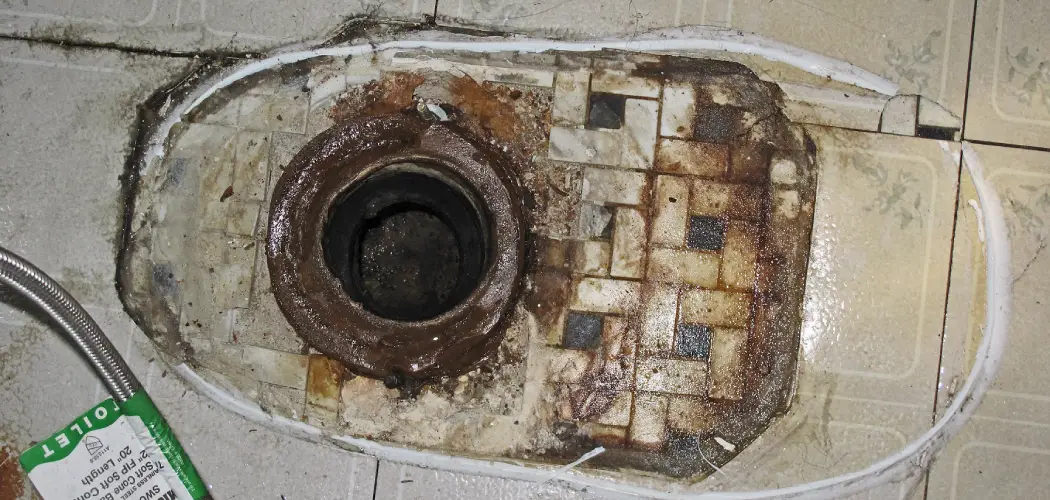Bathroom floor drains can easily become clogged due to hair, soap scum, and other debris. This can lead to slow draining water, unpleasant odors, and even complete blockages. Knowing how to unclog a bathroom floor drain is important for maintaining a clean and functional bathroom.
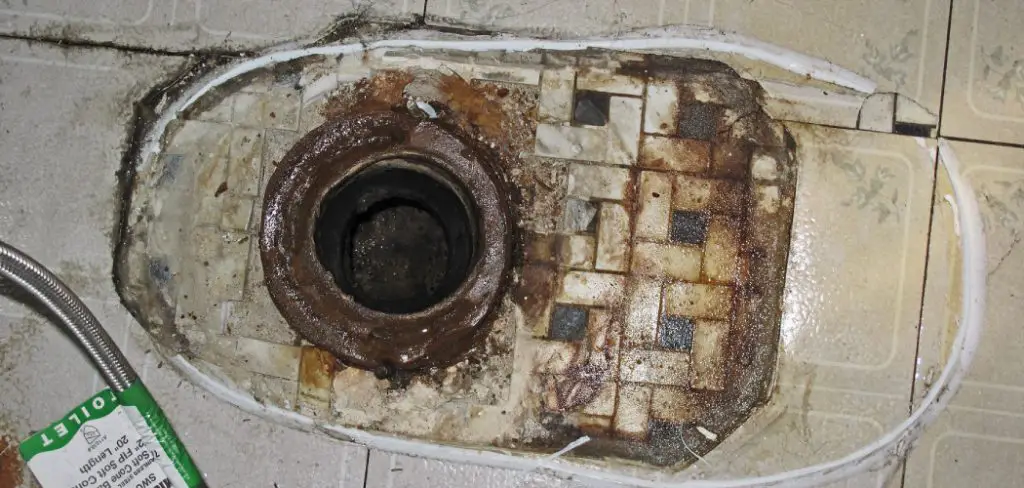
The main advantage of unclogging bathroom floor drain is that you can save time, money and hassle by fixing the issue yourself. Clogged drains are a common problem in every household and hiring professional help can be expensive. By learning this skill, you can avoid spending unnecessary money on plumbing services. In this blog post, You will learn in detail how to unclog bathroom floor drain.
Tools You Will Need
- Plunger
- Drain Snake
- Bucket
- Rubber Gloves
- Measuring Cup or Mug
- Baking Soda
- Vinegar
- Hot Water
- Dish Soap
Now that you have gathered all the necessary tools, it’s time to get started on unclogging your bathroom floor drain. Before we dive into the steps, it’s important to understand why your drain may be clogged in the first place.
Step-by-step Instructions for How to Unclog Bathroom Floor Drain
Step 1: Inspect the Floor Drain
Begin by inspecting the drain to determine the depth of the clog. This step will help you choose the appropriate tools and techniques for unclogging. Remove any visible debris or hair from around the drain using your hand or a pair of pliers. You can also use a small brush or toothbrush to clean out the opening.
Step 2: Use a Plunger
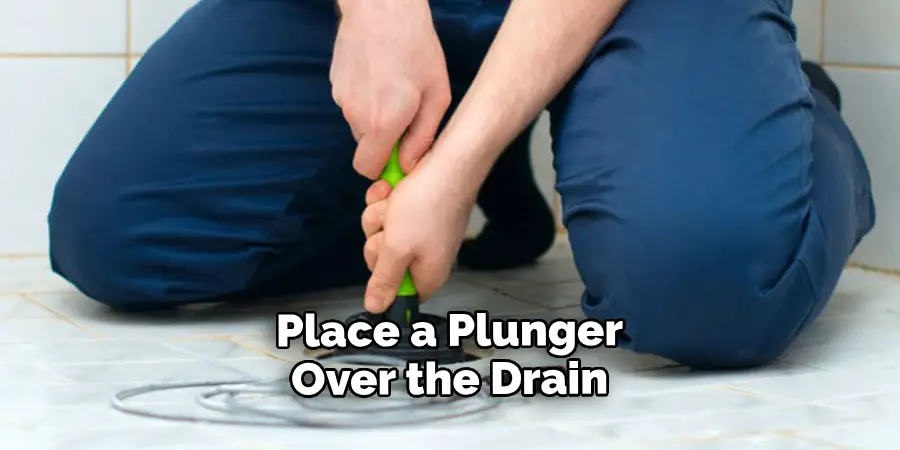
Place a plunger over the drain and create a seal by pressing down firmly. Push and pull on the plunger handle to dislodge the clog. Repeat this motion several times until you feel the water start to drain. If the plunger doesn’t work, try pouring 1 cup of baking soda followed by 1 cup of vinegar into the drain. Allow it to sit for at least 10 minutes before flushing with hot water.
Step 3: Use a Plumbing Snake
If the clog is deeper in the pipe, you may need to use a plumbing snake. Insert the snake into the drain and turn it clockwise while pushing it through the pipe. Once you feel resistance, continue turning and pushing until the clog breaks up.
Mix 1/2 cup of salt with 1/2 cup of baking soda and pour it down the drain. Follow it with 1/2 cup of vinegar and let it sit for at least 15 minutes before flushing with hot water.
Step 4: Use Hot Water
Sometimes, simply pouring a pot of boiling water into the drain can help break up and flush away the clog. This is especially effective for grease or soap scum build-up. If you have access to a wet/dry vacuum, you can use it to suck out the clog from the drain. Just be sure to create a tight seal between the vacuum and the drain opening.
Step 5: Clean the Drain Trap
Locate the drain trap, which is usually located under the sink or behind a panel on the floor. Use pliers to remove any debris or hair from inside. A clog in the vent pipe can also cause a slow-draining or clogged bathroom floor drain. Use a plumbing snake to clear out any debris from the vent pipe.
Step 6: Call a Professional
If you’ve tried all of these methods and still cannot unclog the drain, it may be time to call a professional plumber. They have specialized tools and techniques to effectively clear out even the toughest clogs.
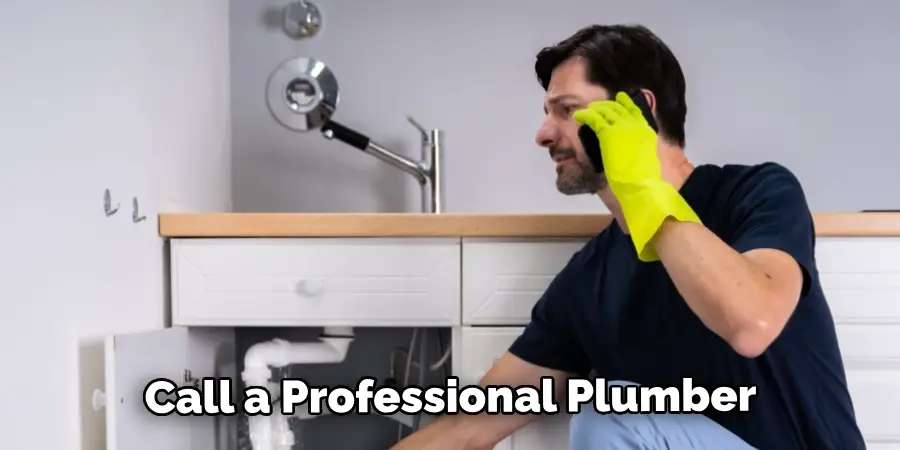
To prevent future clogs, make sure to regularly clean out your bathroom floor drain. Use a mixture of hot water and vinegar once a month to flush out any build-up or debris. Also, be mindful of what goes down the drain and avoid pouring grease or large food particles into it. Taking these preventative measures can save you from dealing with a clogged drain in the future.
Safety Tips for How to Unclog Bathroom Floor Drain
- When dealing with a drain clog, it is important to always wear protective gear such as gloves, safety glasses and a mask. This will protect you from any harmful bacteria or chemicals that may be present in the clogged drain.
- While chemical drain cleaners can be effective in unclogging drains, they can also be harmful to your health and the environment. If you choose to use a chemical drain cleaner, be sure to follow the instructions carefully and keep children and pets away from the area.
- Before attempting to unclog a drain, make sure to turn off the water supply to avoid any potential flooding or further clogging. This can usually be done by turning off the valve located near the toilet or under the sink.
- Never mix different types of drain cleaners or chemicals as this can create dangerous fumes and cause damage to your plumbing system. It is always best to stick to one type of cleaner and follow the instructions carefully.
- If using a plunger, make sure to cover any overflow holes or secondary drains with a wet rag. This will help create a stronger seal and increase the pressure needed to remove the clog.
- If the drain remains clogged after attempting these methods, it is best to call a professional plumber. They have the tools and expertise to safely and effectively unclog any stubborn drain without causing damage to your pipes.
By following these safety tips, you can effectively unclog your bathroom floor drain without putting yourself or your plumbing system at risk. Remember to always prioritize safety when dealing with any home maintenance task.
What Are Common Causes of a Clogged Bathroom Floor Drain?
A clogged bathroom floor drain is a common household problem that can cause inconvenience and even health hazards if not dealt with promptly. If you’re wondering how to unclog a bathroom floor drain, the first step is to understand what causes it to become clogged in the first place. Some of the most common causes of a clogged bathroom floor drain include:
1. Hair Buildup
Hair is one of the main culprits when it comes to clogged drains in any part of your house. When you wash your hair, especially if it’s long, strands can easily get caught in the drain and accumulate over time.

2. Soap Scum
Soap scum is a combination of soap and minerals from hard water that can build up inside your pipes and cause clogs. It can also stick to hair, making it more difficult for water to pass through the drain.
3. Dirt and Debris
If you have an open floor drain in your bathroom, it’s common for dirt, dust, and other debris to accumulate over time. These materials can easily get washed down the drain and cause blockages.
4. Toiletries
Items like cotton balls, makeup wipes, and dental floss should never be flushed down a bathroom drain as they can easily get stuck and cause clogs.
5. Tree roots
If you have trees or large bushes near your house, their roots may grow towards your pipes in search of water. Over time, these roots can enter your pipes through small cracks and cause blockages.
By understanding the common causes of a clogged bathroom floor drain, you can take preventive measures to avoid them and keep your drains flowing smoothly. Regularly using a hair catcher in your shower or avoiding washing large amounts of hair down the drain can help prevent hair buildup.
How to Prevent Clogs in Your Bathroom Floor Drain
Prevention is always better than cure, especially when it comes to clogged drains. Here are some simple steps you can take to prevent your bathroom floor drain from getting clogged:
- Use a hair filter: Placing a hair filter over your drain can help catch loose strands and prevent them from causing blockages.
- Clean your drain regularly: Once a week, pour hot water down your drain to help break down any buildup and keep it clear.
- Avoid flushing toiletries: As mentioned earlier, items like cotton balls and dental floss should never be flushed down the drain. Dispose of them properly in a trash can.
- Consider using a drain cover: A drain cover can prevent larger debris from getting washed down your drain and causing clogs.
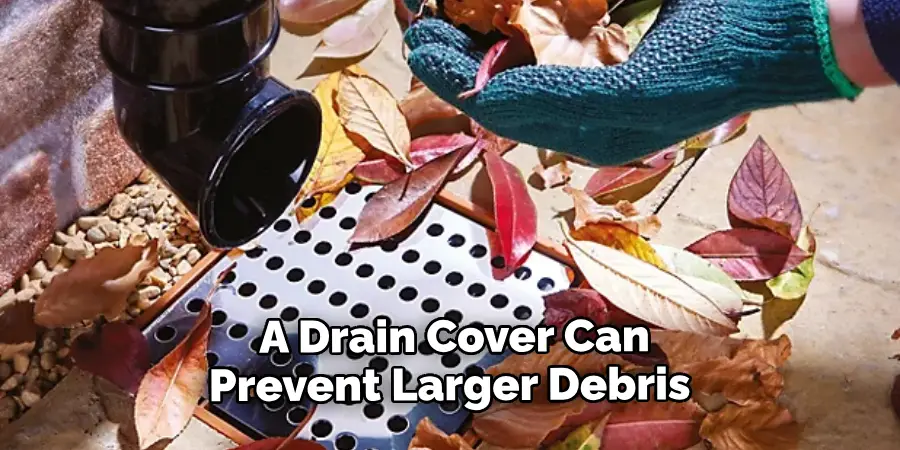
By understanding the common causes of a clogged bathroom floor drain and taking preventative measures, you can keep your drains clear and avoid dealing with this pesky problem.
Conclusion
In conclusion, knowing how to unclog your bathroom floor drain is a valuable skill that every homeowner should have. A clogged drain can cause major inconvenience and even lead to costly repairs if left untreated.
By following the simple steps outlined in this blog, you can easily unclog your bathroom floor drain and keep it running smoothly. Remember to regularly clean and maintain your drains to prevent buildup of hair, soap scum and other debris.
If you encounter a stubborn clog that cannot be cleared with the methods mentioned, do not hesitate to seek professional help. Lastly, by being mindful of what goes down your drain and taking preventative measures, you can avoid future clogs and save yourself time and money in the long run.
So don’t wait until it’s too late – follow these tips and keep your bathroom floor drain free from clogs. I hope reading this post has helped you learn how to unclog bathroom floor drain. Make sure the safety precautions are carried out in the order listed.

